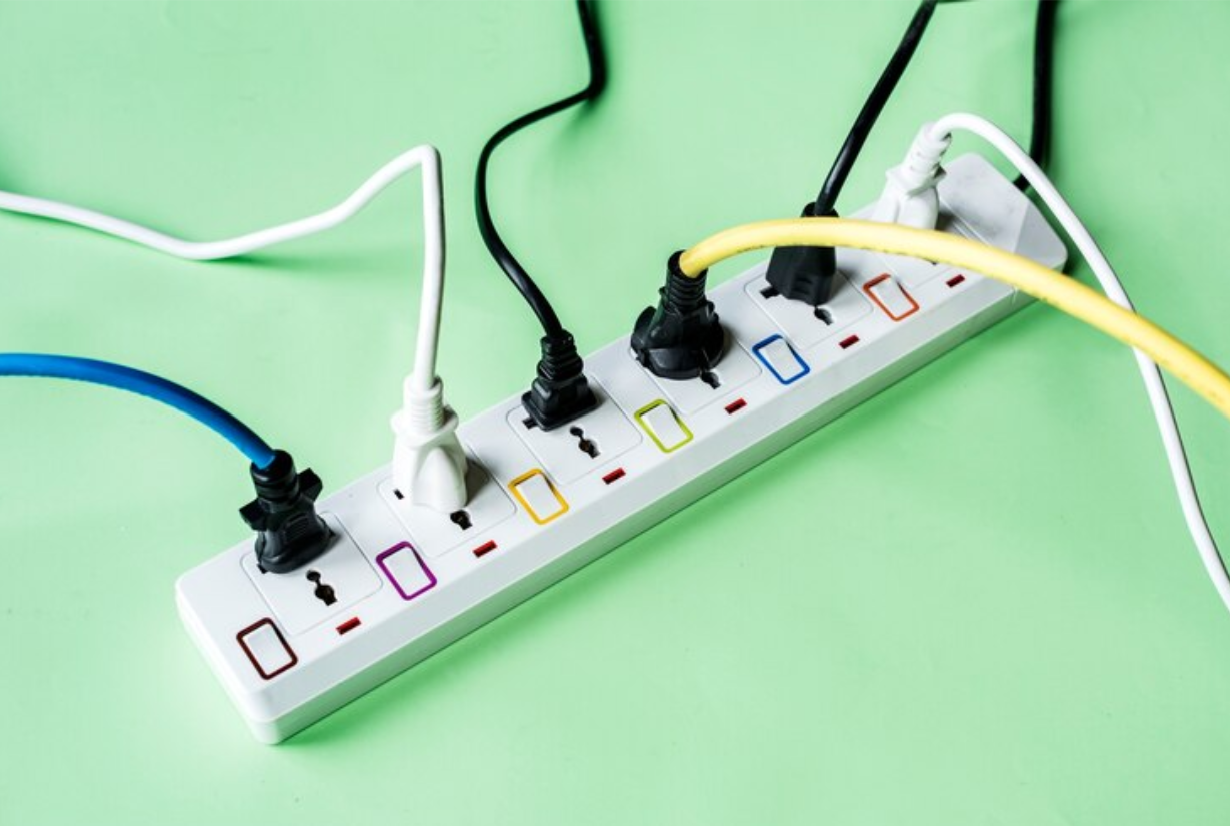Troubleshooting Common Issues With Power Strips: What To Do When Problems Arise

People cannot imagine their lives without the safety against voltage surges and short circuits that power strips provide nowadays. This gadget is handy because you have multiple outlets in one location to charge your gadgets, power your appliances, and — in the process — keep your homes and businesses running. But along with this convenience comes problems.
Most of us have had a terrible experience with a power strip deciding not to operate or the terror of an overloaded circuit. Such problems compromise not only possibly harmful but also the daily running of the residence. The following article explains typical problems with power strips and the solutions one could develop.
Common Power Strip Problems and Solutions
Overloaded Circuits
1. Signs of an Overloaded Circuit
An overloaded circuit can manifest in various ways, including:
- Frequent tripped circuit breakers: If your circuit breaker goes off often, you are probably under one circuit overload.
- Flickering lights: Fluorescent or even incandescent lights that keep blinking or getting emaciated imply a circuit overloading condition.
- Warm or hot power strips: If a power strip is warm or hot, it is most likely because it is overloading and should be stopped.
2. Calculating Power Strip Capacity
Determine the number of watts used by devices connected to the strip to avoid overloading circuits. Always ensure the total does not exceed the strip’s ability, often marked on the gadget.
3. Safely Distributing Power
Reduce the load by directly connecting equipment and appliances that consume many watts to wall outlets and using the power strip for other apparatus. It helps prevent the strip from overheating and reduces the chances of fire.
Tripped Circuit Breakers
1. Identifying the Cause
Your circuit breaker may trip frequently because of overloading or a device issue. Perhaps one needs to pull all the plugs while keeping the outlets on, then plug in each individually to identify the culprit. It may be wise to use the power strip with a surge protector To avoid overloaded circuits in the future and consistently distribute appliances that consume high wattage to different circuits.
2. Resetting the Circuit Breaker
Turn off all the lights and other electrical appliances to restore electricity in a circuit with a tripped breaker. Go to the switchboard to find the switch of the affected circuit in the ‘OFF’ position before turning it ‘ON.’ Therefore, the cause of the trip must be set before resetting it.
3. Preventing Future Trips
In this case, you can distribute the devices to other outlets so they do not overpower a specific circuit. It helps regulate electrical loads and the flow of current, hence minimizing the cases of circuit tripping.
Faulty Outlets
1. Check for Abnormalities in Power Outlets
To test voltage outlets, one should use a multimeter. If an outlet does not exhibit power in the circuit, it may require replacement or repairs, depending on the damage it has endured. You can also connect a known working device to determine whether it charges.
2. Replacing Faulty Outlets
If an outlet is considered impaired, you are recommended to replace it. Some general rules involve turning off the power from the breaker, removing the covering of the outlet, and then cutting off the wires of the old outlet to install a new one. If in doubt about any matter regarding electrical work, the services of a licensed electrician should be sought.
Power Strip Not Working
1. Examine for a Damaged Cords or Plugs
Check for visual signs of damage on the power strip. You ought to replace the strip if the cord or the plug is frayed, broken, or other signs of fatigue.
2. Testing the Power Strip with Different Outlets
Check with different outlets linked to the particular power strip to determine if the problem is from the power strip or the outlet. If the strip performs in another outlet, perhaps the outlet is bad and needs reforms or replacement.
3. Troubleshooting Internal Issues
Internal issues may be present if the strip has no external issues but does not perform as expected. The power strip should be replaced because internal repairs may be tedious and sometimes nullify the warranty.
Maintenance and Prevention
1. Regular Inspection
Regular inspections also help identify typical problems with power strips early on, preventing significant difficulties. Avoid damaged and ripped wires, a kind of color emission in the conductors, and hot cables. When the above-listed issues are observed, replace the power strip with a new one and re-check to see if they resurfaced. Should the following symptoms continue under the specified circumstances, consider disconnecting the power strip and substituting another outlet.
2. Cleaning Strips: Power
must constantly exercise caution while using electrical equipment like power strips, which could eventually cause dust and other waste to form. Such buildup could lead to higher temperatures of the particular system, which carries specific hazards and calls for safety precautions.
The necessity of cleaning these gadgets cannot be overstated, as it guarantees their safe and effective performance. A dry cloth will help you remove the collected dust and provide enough airflow to prevent the device from heating.
Conclusion
When we include electronic tools in our daily lives to simplify them, power strips become essential. Still, they need constant and meticulous application as well as frequent inspections to be able to protect. By using the correct information and safety precautions, you can maintain the place safely and efficiently and have the convenience power strips provided.